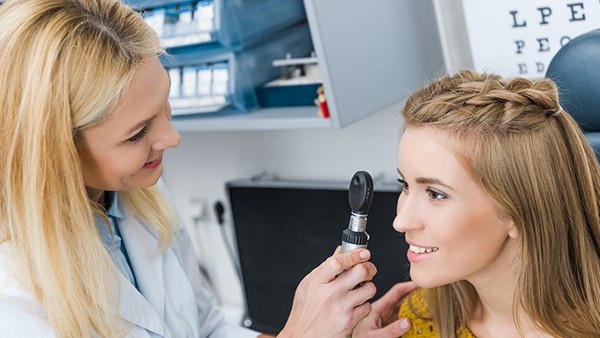How to Care for a Deviated Nasal Septum

A deviated nasal septum is a condition in which the nasal septum, the wall of cartilage and bone that divides the nasal cavity into two halves, is shifted to one side. This can make it difficult to breathe through the nose, and can also lead to other problems such as sinus infections, nosebleeds, and headaches.
There are a number of things that can cause a deviated nasal septum, including:
Birth defects: A deviated nasal septum can be present at birth, or it can develop later in life.
Facial injuries: A deviated nasal septum can be caused by a facial injury, such as a broken nose.
Nasal polyps: Nasal polyps are growths that can form in the nasal cavity. They can block the nasal passages and make it difficult to breathe through the nose.
Tumors: Tumors can also block the nasal passages and make it difficult to breathe through the nose.
Symptoms of a Deviated Nasal Septum
The symptoms of a deviated nasal septum can vary depending on the severity of the condition. Some people may only have mild symptoms, while others may have more severe symptoms.
Common symptoms of a deviated nasal septum include:
Difficulty breathing through the nose
Nasal congestion
Nosebleeds
Sinus infections
Headaches
Facial pain
Snoring
Treatment for a Deviated Nasal Septum
The treatment for a deviated nasal septum depends on the severity of the condition. Some people may only need to make lifestyle changes, such as using a nasal spray or humidifier. Others may need to have surgery to correct the deviated septum.
Lifestyle changes
There are a number of lifestyle changes that can help to improve the symptoms of a deviated nasal septum. These include:
Using a nasal spray: Nasal sprays can help to decongest the nasal passages and make it easier to breathe through the nose.
Using a humidifier: A humidifier can help to add moisture to the air, which can help to reduce nasal congestion.
Avoiding triggers: If you know what triggers your nasal congestion, such as dust or pollen, try to avoid these triggers as much as possible.
Surgery
Surgery is the only way to permanently correct a deviated nasal septum. The type of surgery that is performed will depend on the severity of the condition.
Septoplasty is the most common type of surgery for a deviated nasal septum. During a septoplasty, the surgeon will make an incision in the nasal septum and then reposition the septum to the center of the nasal cavity.
Turbinoplasty is another type of surgery that can be performed to correct a deviated nasal septum. During a turbinoplasty, the surgeon will remove or reduce the size of the turbinates, which are the bony structures that line the nasal cavity.
Recovery from Surgery
Recovery from surgery for a deviated nasal septum typically takes about two weeks. During this time, you will need to keep your nose clean and dry. You will also need to avoid strenuous activity.
Most people experience significant improvement in their symptoms after surgery. However, it is important to note that surgery does not always completely eliminate all symptoms.
Outlook
The outlook for people with a deviated nasal septum is generally good. With treatment, most people can improve their symptoms and live a normal life.
The above is all the content that the editor wants to share with you. I sincerely hope that these contents can bring some help to your life and health, and I also wish that your life will be happier and happier.
Tags: #care #to #how











